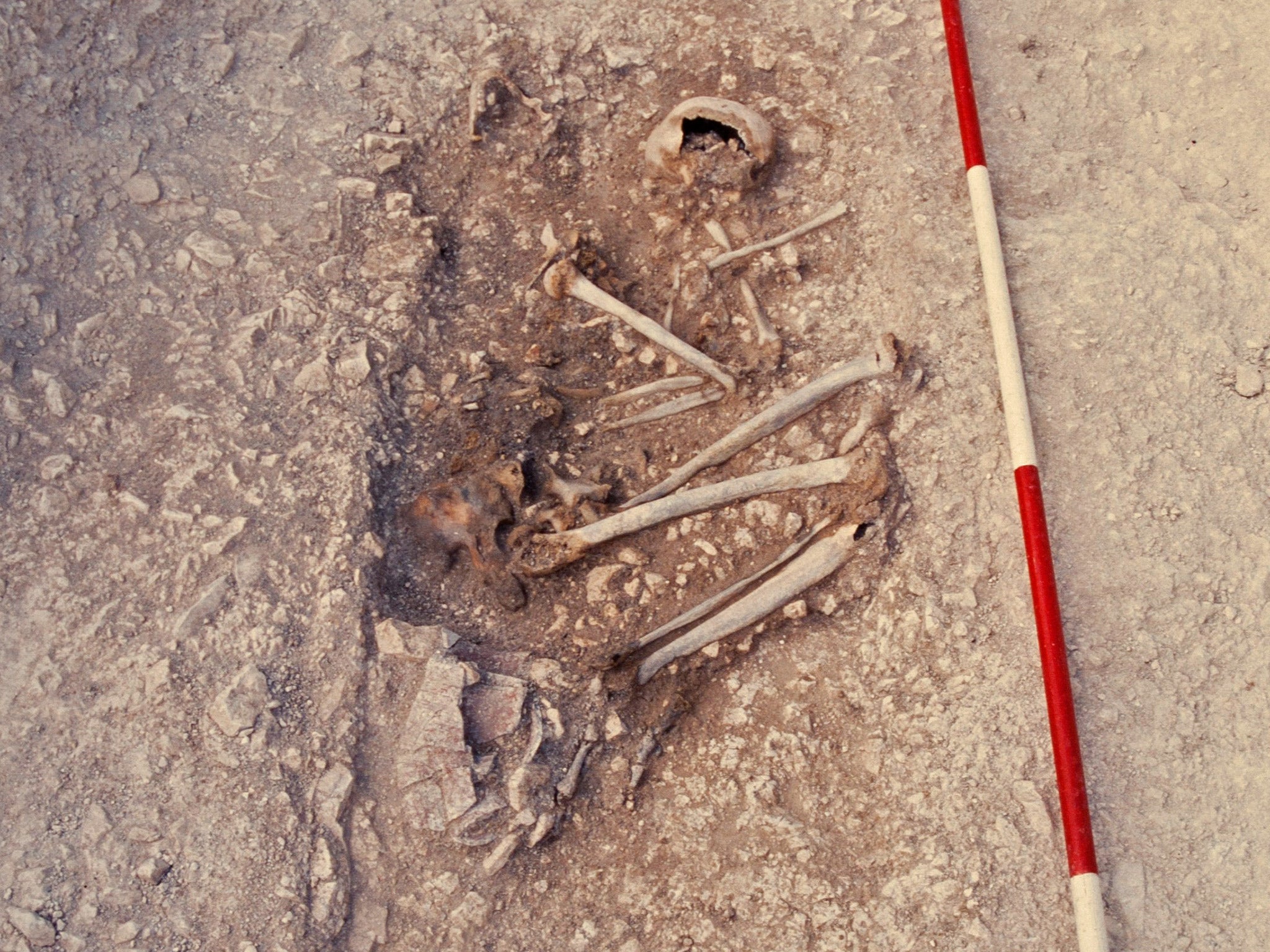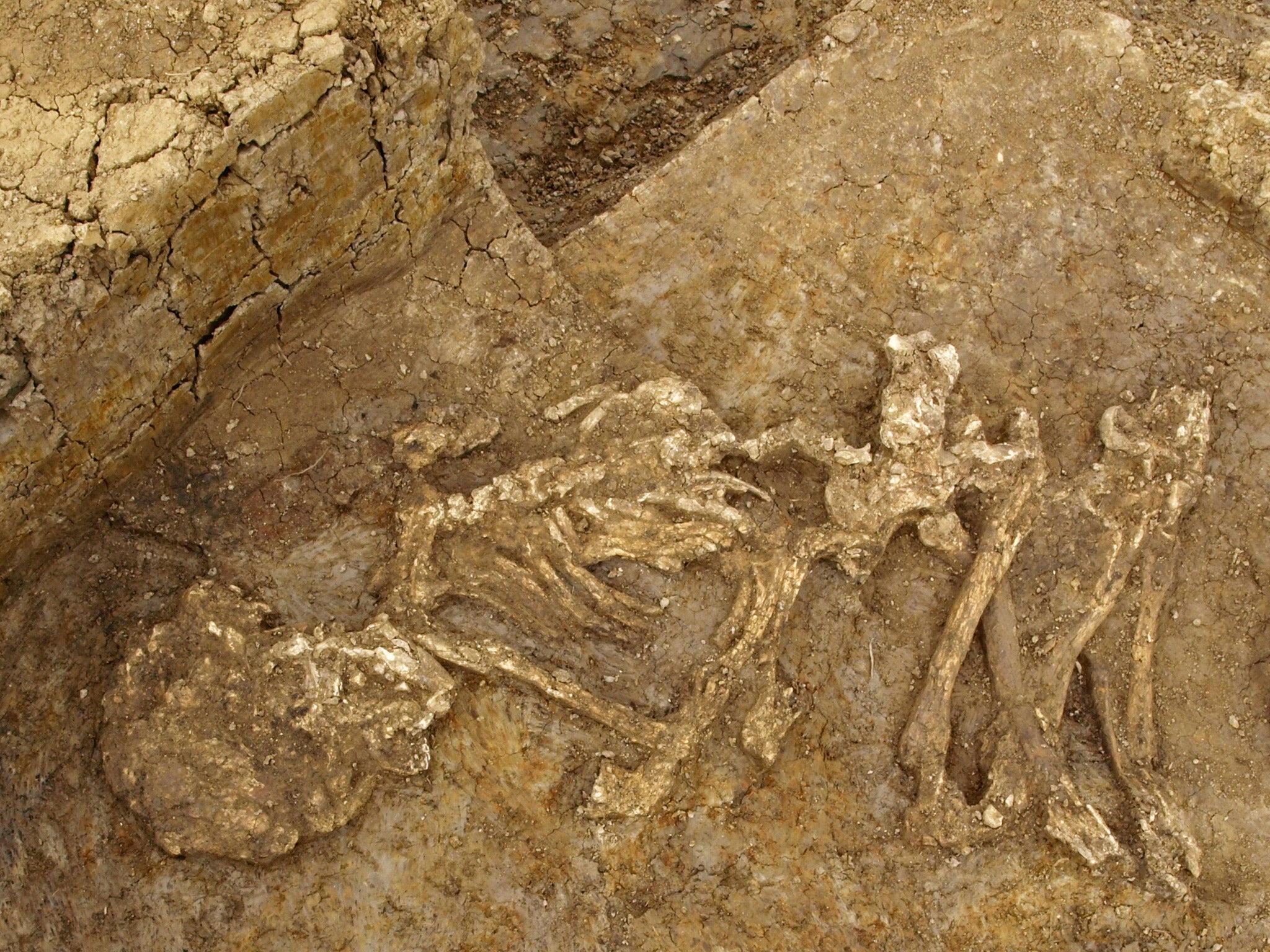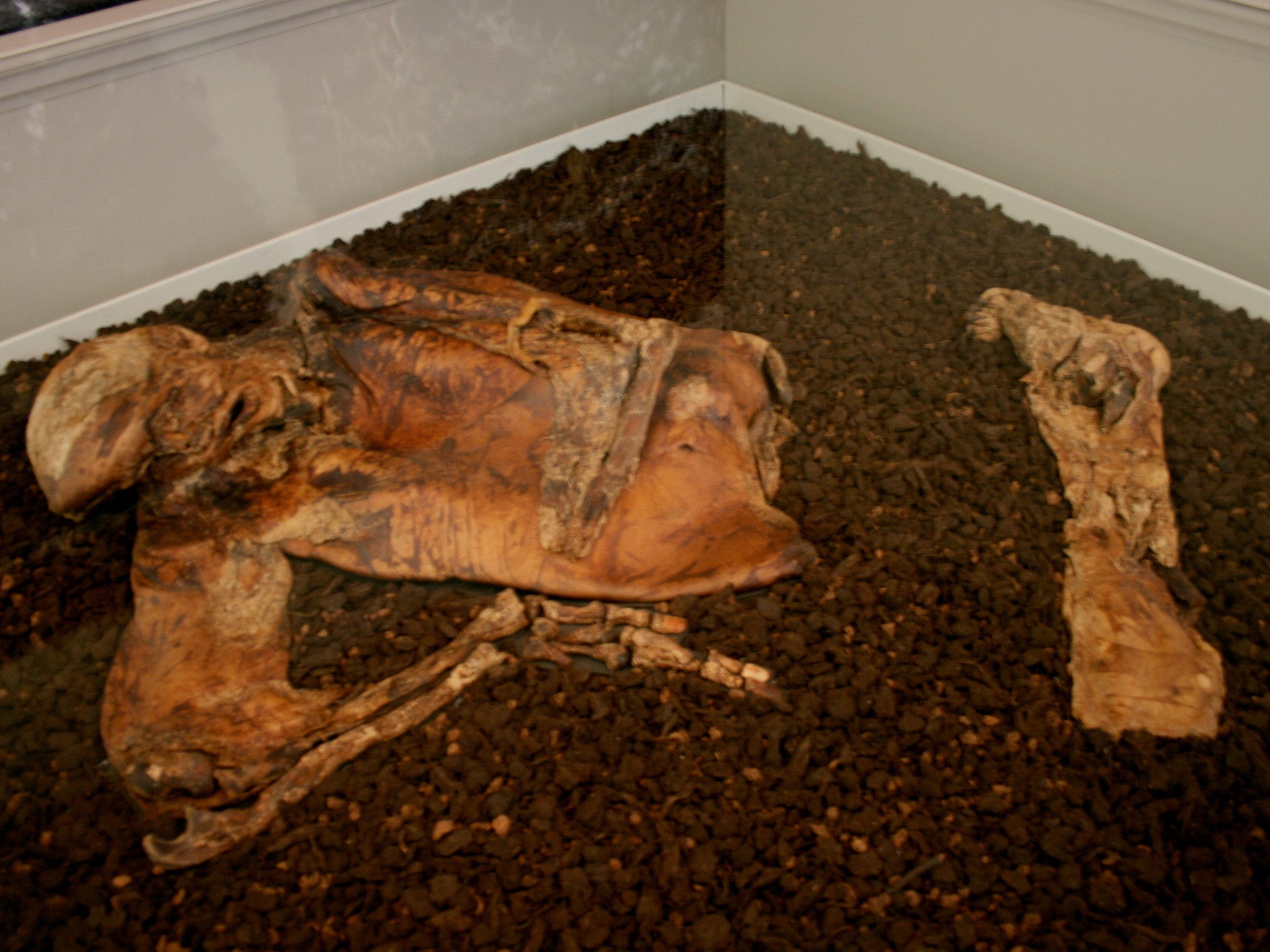Prehistoric Britons mummified their dead like the ancient Egyptians, research reveals
Findings mark major breakthrough in helping archaeologists to understand the nature of society in prehistoric Britain

Your support helps us to tell the story
From reproductive rights to climate change to Big Tech, The Independent is on the ground when the story is developing. Whether it's investigating the financials of Elon Musk's pro-Trump PAC or producing our latest documentary, 'The A Word', which shines a light on the American women fighting for reproductive rights, we know how important it is to parse out the facts from the messaging.
At such a critical moment in US history, we need reporters on the ground. Your donation allows us to keep sending journalists to speak to both sides of the story.
The Independent is trusted by Americans across the entire political spectrum. And unlike many other quality news outlets, we choose not to lock Americans out of our reporting and analysis with paywalls. We believe quality journalism should be available to everyone, paid for by those who can afford it.
Your support makes all the difference.While the ancient Egyptians were busy mummifying their dead, prehistoric Britons – well beyond the fringes of the known world – were doing the same more than 2000 miles to the north-west.
New research is revealing that people throughout much of prehistoric Britain used mummification to ensure that their dead ancestors appeared to ‘live on’, at least physically, for decades and probably centuries.
The research is a major breakthrough in helping archaeologists to understand the nature of society in prehistoric Britain.

Scientific investigations are now showing that ancient British tribes mummified some of their dead by immersing them in peat bogs and in some cases by exposing them to heat and smoke. It is a completely different mummification system to the salt-based one used by the ancient Egyptians.
The new research – carried out by Dr Tom Booth at Sheffield University – shows that mummification in Britain seems to have started by 2400BC and continued until at least 1000 BC. It suggests that prehistoric Brits may have been among the first peoples in the world, apart from the ancient Egyptians and Peruvians, to practise deliberate mummification.
Dr Booth has so far found evidence of prehistoric mummification in Dorset, Kent, Cambridgeshire, Teesside, northern Scotland and the Hebridean island of Lewis. Thus far, he has examined the remains of 16 British Neolithic and Bronze Age individuals displaying mummification evidence – both male and female. Up until now, the only prehistoric Britons known to have been mummified were at least three individuals from the Hebridean island of South Uist, where mummification evidence was found some 12 years ago.
The scientists now plan to investigate another 30 skeletons – from Wiltshire, Scotland and Wales.
The remains of the mummies no longer show any definitive visible signs of mummification. The fact that they had long ago been mummified was only detected through detailed scientific examination of bone surfaces, carried out by Dr Booth.
That analysis revealed that they all lacked or had very low levels of bacterial tunnelling into the bone surfaces – an indication that the gut bacteria of each individual had been deliberately killed very shortly after death, a practice consistent with mummification.
In most cases, this was probably achieved by immersing the corpses in tannin-rich peat bogs for several months. But in two cases – both from Kent – the mummification seems to have been achieved through a process involving heat and smoke.

“Our team has found that by using microscopic bone analysis, archaeologists can determine whether a skeleton has been previously mummified, even when it is buried in an environment that isn’t favourable to mummified remains,” said Dr. Booth, who is now working at London’s Natural History Museum.
“It’s possible that our method may allow us to identify further ancient cultures that mummified their dead,” he added.
It is conceivable that the mummies were displayed in ritual ancestor houses – as part of long-lasting ancestor worship cults.
The academic study of the mummification evidence is published on Thursday, in the British-based archaeology journal, Antiquity.
As well as the emerging evidence for the use of peat bogs for mummification purposes, archaeologists are continuing to study the use of such bogs as permanent burial places for human sacrifices. In both scenarios – probable ancestor worship and human sacrifice – prehistoric Britons seem to have fully understood the preservative qualities of peat bogs.
Join our commenting forum
Join thought-provoking conversations, follow other Independent readers and see their replies
Comments